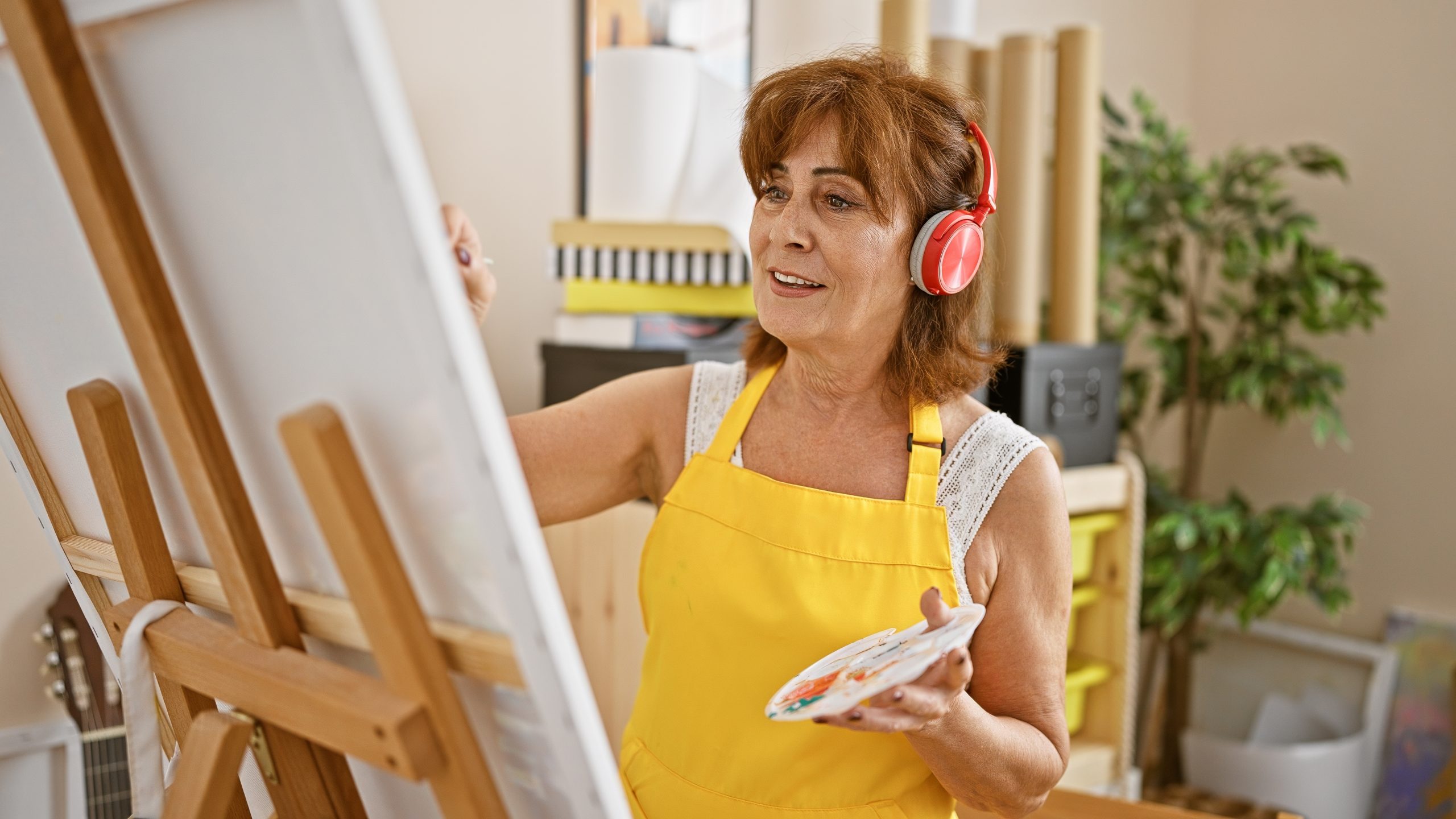Engaging in creative hobbies offers numerous benefits that can enhance the quality of life, particularly for seniors. Whether it’s painting, knitting, gardening, or playing a musical instrument, creative activities stimulate the mind, foster a sense of accomplishment, and provide opportunities for social interaction. Here are some tips, tricks, and insights to help you understand the benefits of creative hobbies and how to incorporate them into your daily life.
Mental and Emotional Benefits
- Cognitive Stimulation: Creative hobbies challenge the brain and keep it active. Activities like painting, writing, or learning a musical instrument require concentration and problem-solving skills, which can help maintain cognitive function and delay the onset of dementia or Alzheimer’s disease.
- Emotional Expression: Creative outlets provide a way to express emotions and thoughts that might be difficult to communicate verbally. This expression can be therapeutic, helping to reduce stress, anxiety, and depression.
- Sense of Accomplishment: Completing a creative project, whether it’s finishing a knitting pattern or completing a watercolor painting, provides a strong sense of accomplishment and boosts self-esteem.
Physical Benefits
- Fine Motor Skills: Hobbies that involve hands-on activities, such as drawing, knitting, or playing an instrument, help improve fine motor skills and hand-eye coordination.
- Physical Exercise: Some creative hobbies, like gardening or dancing, also provide physical exercise. Gardening involves bending, digging, and lifting, which can help maintain physical fitness and flexibility.
- Pain Management: Engaging in enjoyable activities can serve as a distraction from chronic pain or discomfort, providing a natural way to manage pain without relying solely on medication.
Social Benefits
- Social Interaction: Many creative hobbies can be done in group settings, providing opportunities for social interaction. Joining a knitting circle, art class, or music group can help build friendships and reduce feelings of isolation.
- Community Involvement: Participating in local art shows, craft fairs, or community gardens fosters a sense of belonging and community involvement. Sharing your creations with others can also be immensely rewarding.
Tips for Starting a Creative Hobby
- Explore Interests: Think about what activities you’ve always wanted to try or enjoyed in the past. Whether it’s painting, pottery, writing, or gardening, choose something that genuinely interests you.
- Start Small: Begin with small projects to avoid feeling overwhelmed. Gradually increase the complexity of your projects as you become more comfortable with the hobby.
- Take a Class: Enroll in a local community center or online class to learn the basics. Structured classes provide guidance and a sense of community.
- Invest in Quality Materials: Using good-quality materials can enhance your experience and results. For instance, high-quality paints, yarns, or gardening tools can make the process more enjoyable and the outcomes more satisfying.
- Be Patient: Learning a new skill takes time. Be patient with yourself and enjoy the process rather than focusing solely on the end result.
Insights for Maintaining a Creative Routine
- Schedule Regular Time: Set aside dedicated time each week for your creative hobby. Consistency helps build a routine and makes the hobby a regular part of your life.
- Create a Dedicated Space: Designate a specific area in your home for your hobby. Having a dedicated space can make it easier to start and maintain your creative activities.
- Share Your Work: Share your creations with friends, family, or online communities. Positive feedback can boost your confidence and encourage you to continue.
- Stay Open to New Ideas: Don’t be afraid to try new techniques or switch to different projects within your hobby. Staying open to new ideas keeps the hobby fresh and exciting.
